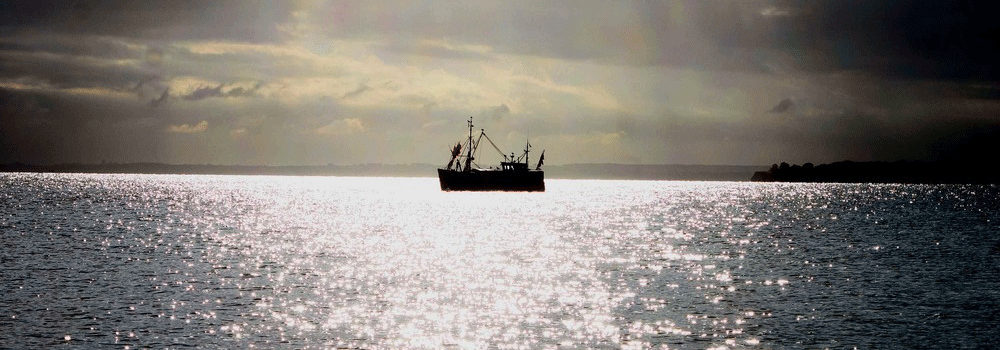

Its particular parts added to result in entireness - writes Rörig about bringing Hansa to life. Its situation then depended on readiness of all its members to compromise. Only in this way the region perceived by all as a peripheral one, could for four centuries remain in the center of attention and do well. Not only as a production site or seat of authorities, but as a place of trade, exchange and contact: as a modern metropolis resembling a virtual urban space of neighbouring cities divided only by water; on this area people of all walks of life – craftsmen, musicians, prelates and scientists could travel, settle and follow their career paths without restraints. Hansa appears as a modern, flexible n heterogenic institution, to which the changing needs of its particular members were adjusted. It was durably united by economic interests, common culture and its ‘lingua franca’ – Middle Low German - a dialect which in 1369 was replaced by Latin as an official protocol language of the Hansean treaties.
Baltic Gallery, just as old Hansa, shall create a flexible dimension institutionally restricted to what is necessary, without any structures of power or bureaucracy.
It should be an open space which unites various philosophies of life. A place which, despite its geographical location, is going to remain independent in its activities.
Never before has there been such a possibility of development in the history of the Baltic region as there is now. Even the old Hansa could not boast similar structures.